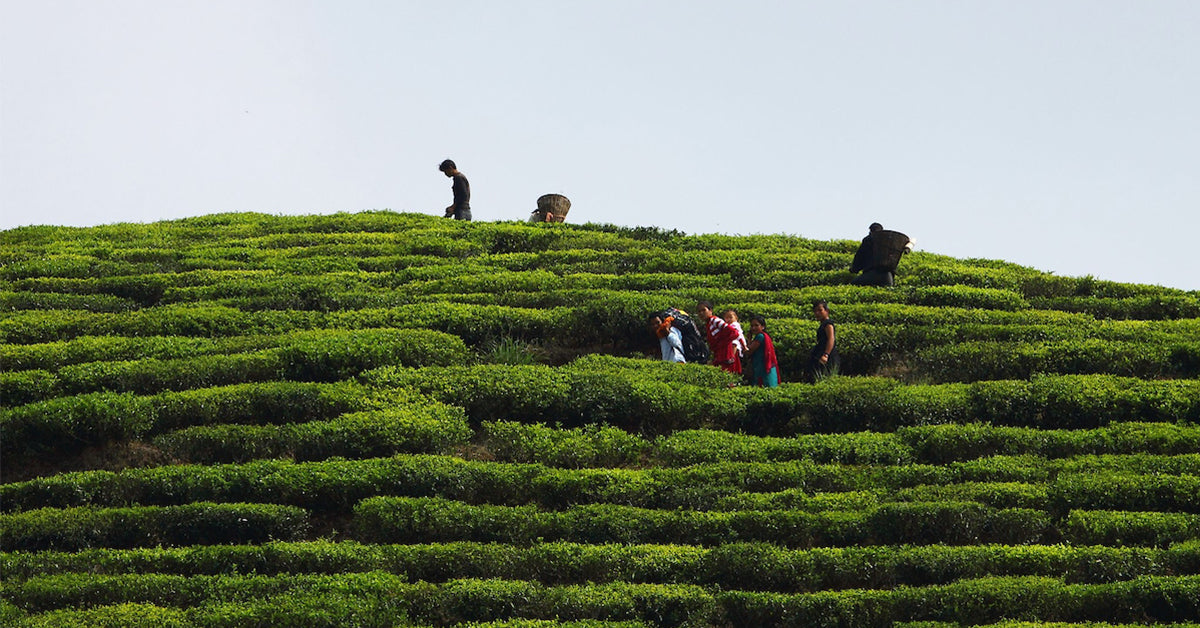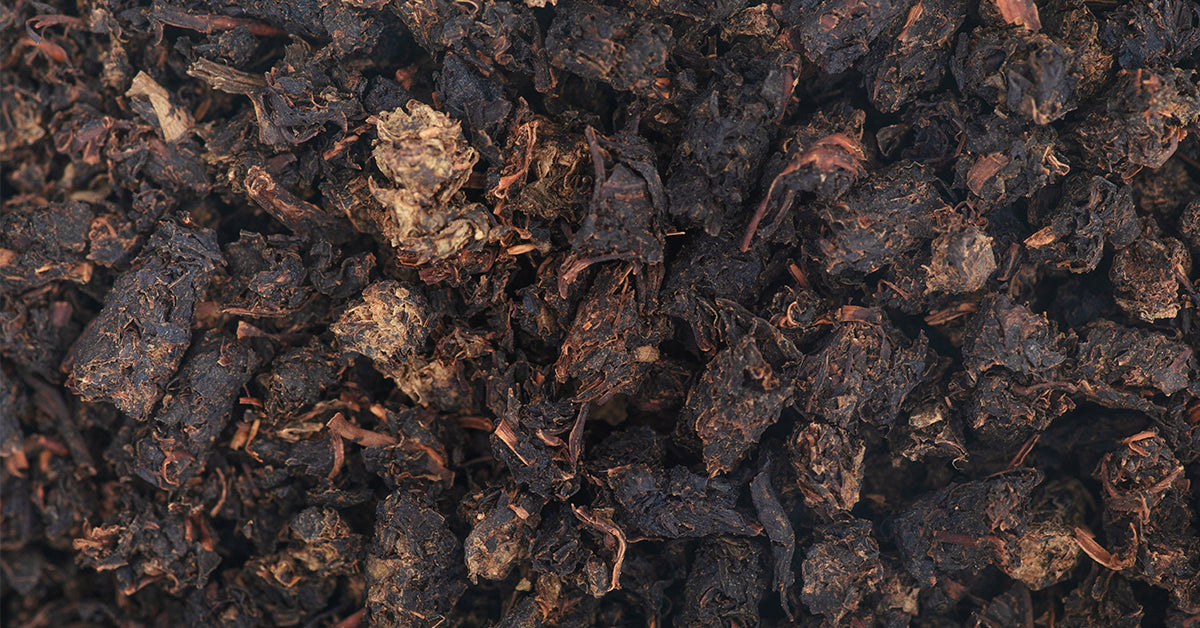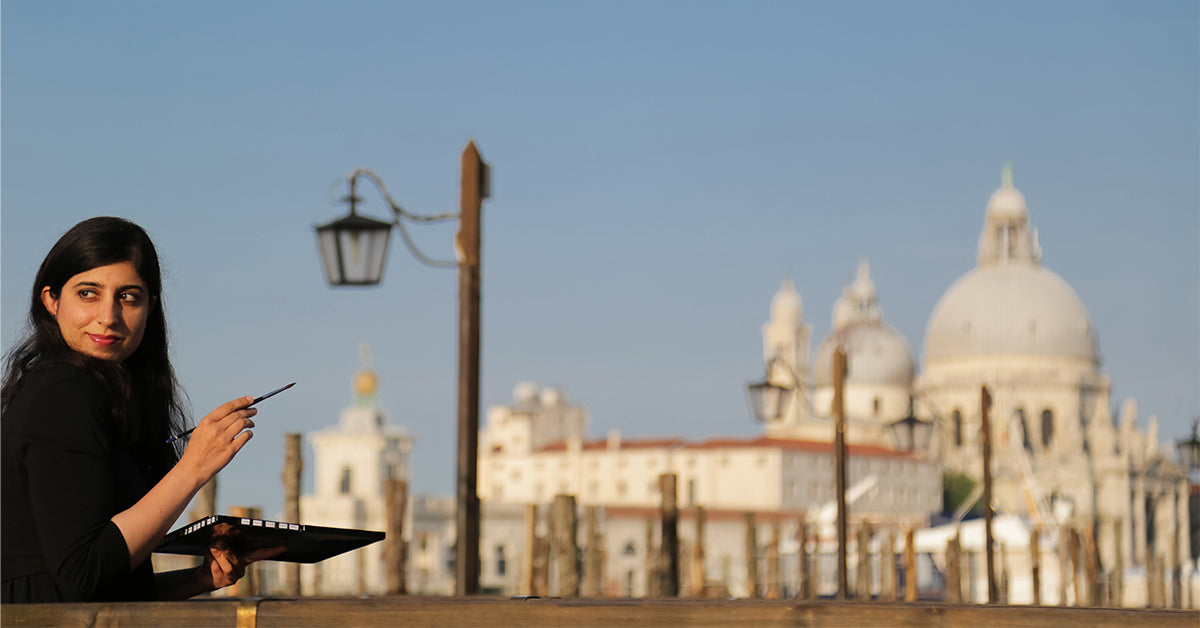While India is a country teeming with people, its people are crazy for tea! There are nearly 1.4 billion people in India, and it’s fair to say that the majority of them are tea drinkers. Not only do they drink it: India is second only to China in the production of tea. There are more than 100,000 tea estates employing millions of tea workers across India. As further proof that Indians love their tea, it is estimated that 70 percent of the million or so metric tons of tea it produces is consumed by its own people.

Tea first came to India compliments of the British. In the mid-19th century, the tea-swilling Brits were looking for ways to feed their tea habit without having to pay what China was charging. So they sent industrial espionage agents who literally stole tea plants to see if they could be grown in their new colony of India. By the end of the 19th century, they had established immense plantations in the Indian substates of Darjeeling and Assam, as well as the small island of Ceylon (now called Sri Lanka).
From first thing in the morning, all throughout the day and into the night, drinking tea is a way of life in India. Tea traditions vary from region to region, but one thing that is ubiquitous is the existence of chaiwalas (or chaiwallahs). A chaiwala is a person who prepares, sells or serves tea from stands or small roadside shops… and they are everywhere! The name “chai” is the Hindi word for “tea.” It was derived from “cha,” the Chinese word for “tea.” While paper cups are often used by chaiwalas to serve and sell their tea, it is sometimes served in a traditional cup known as a “bhad,” a tiny clay pot. Take a look at the short video below that we created on one of our trips to India to see firsthand what a chaiwala does and the role they play in daily Indian life.
Other than drinking tea, the main tea tradition of India is producing some of the world’s finest teas. Here are some of the best and most widely produced.
Assam
Assam is the largest tea-growing region in India, perhaps in the world. Assam teas are derived from the Camellia sinensis assamica, a large-leafed variety of tea, grown in wet and humid conditions. The twirling brown leaves and golden tips of the world’s greatest Assam black teas yield lovely honey and malty flavors, a little like the maltines of a good beer. Assams are also among the most assertive and brisk of the black teas, making them a natural to pair well with milk and sugar.

Our CTC Assam tea is a perfect repesentation of a typical Assam tea, brisk and full-bodied. Mokalbari Golden Assam is a delightful example of an Assam made of nearly 100% golden tips, a rare treat. Looking for something a little less exotic? Our Irish Breakfast tea is 100% Assam and a great way to start your day.
Darjeeling
Darjeeling has been nicknamed the “Champagne” of teas, both because Darjeeling’s tea crops may vary from year to year (like grapes in the Champagne region of France), and because in order to be called a Darjeeling tea, it must be grown, harvested, manufactured and processed in the tea gardens of the Darjeeling region.
In their quest to grow tea in India, the British discovered that the native Chinese tea bush, Camellia sinensis sinensis, flourished in the Darjeeling region. In what remains one of the highest-altitude tea-growing regions in the world, in the cool air and hardscrabble soil of the Himalayan foothills, the tea leaves grow slowly, taking on lovely variegated flavors.

Darjeeling is famous for three seasons of tea: the spring’s first flush, the early summer’s second flush and the late summer and fall’s autumnal teas. (Extra knowledge for you: the first flush style was introduced by Bernd Wulf, the father of our tea broker Marcus.) Though they grow more subdued the farther they get from spring, all three seasonal teas have a charming rounded quality, a depth and a gentleness to rival Chinese black teas. You can experience our classic Darjeeling tea which is a blend of first flush and autumnal teas.
Nilgiri
Nilgiri means “blue mountain.” Part of the Western Ghats mountain range in southern India, the Nilgiris are also the most scenic tea region in India—which is saying a lot, considering Darjeeling’s stunning mountain scenery and the enchanting tea carpet of Assam. The Nilgiris combine beautiful mountains with an abundance of blooming flowers. The region is home to two national parks and four wildlife preserves. Outside of those, Nilgiri is mostly a plantation district, with more than 70 percent of the district dedicated to tea gardens.
The Korakundah estate is a Harney favorite in the Nilgiri tea region. We’ve visited several times (see our video), and love this mellow Korakundah FOP (FOP stands for “flowery orange pekoe, referring to the larger size of the leaf). A uniquely Nilgiri tea, Havakai Frost Tea is grown slowly in the colder mountain elevations. The flavor is concentrated and brisk like the mountain night air it is grown in.

Chai
Chai is synonymous with India—they are inextricably linked, and for good reason. Masala chai (spiced tea) is popular throughout the country. While Westerners have only recently come to love chai lattes, chai brewed with milk and sugar has been a way of Indian life for more than a hundred years.

Chai recipes vary from place to place and person to person. Traditionally, chai is a black tea mixed with strong spices like cinnamon, cloves, cardamom, nutmeg. ginger and black peppercorns. We offer several types of chai teas: Chai, our own sweet and spicy blend; Chocolate Chai Supreme, a customer creation and winner of our 2018 Tea Blendings contest; Organic Rooibos Chai, an herbal version of a classic chai; and our newest chai, Chaga Chai from our Wellness collection made with wild Canadian Chaga mushrooms and chai spices.
So pick your tea, set up your chaiwala station, and enjoy some wonderful Indian teas!




